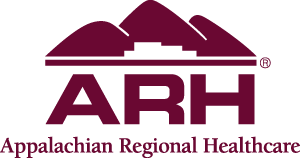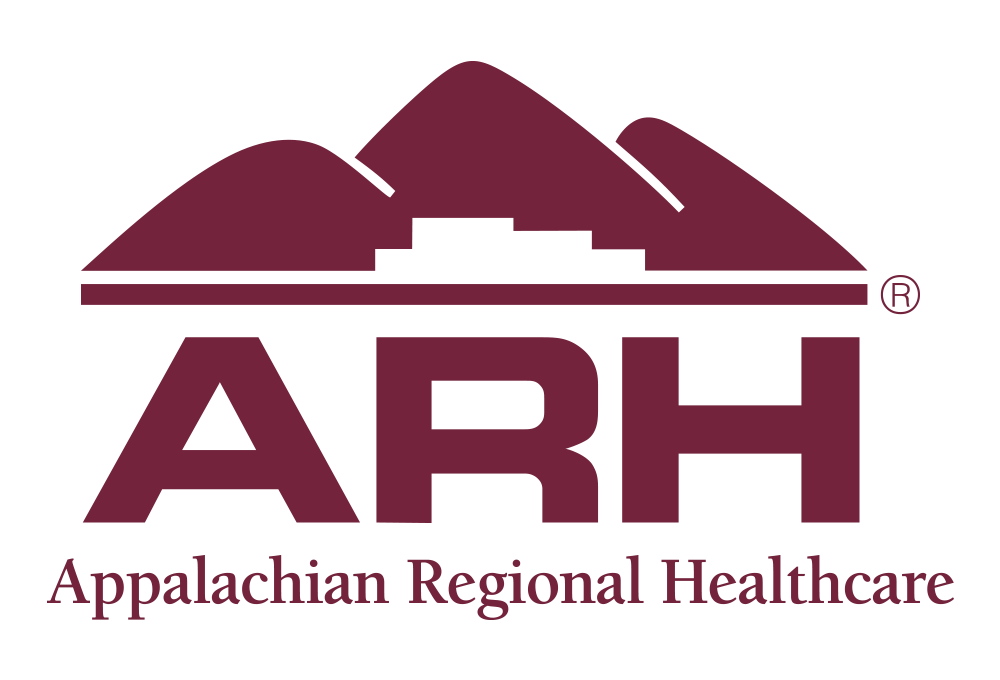American Heart Month: Know the Warning Signs of Heart Attack
With February being American Heart month, Appalachian Regional Healthcare (ARH) Cardiologist Associates encourage the public to understand the warning signs of heart attack.
According to the National Institutes of Health, more than one million people in the United States have heart attacks each year. Many do not act quickly enough to make it to the hospital in time for help. When a heart attack happens, delay in treatment can be deadly.
A heart attack happens if the flow of oxygen-rich blood to a section of heart muscle suddenly becomes blocked and the heart cannot get oxygen. Most heart attacks occur as a result of coronary heart disease (CHD). CHD is a condition in which a waxy substance called plaque builds up inside of the coronary arteries.
 “As plaque continues to build over time, it can break open inside of an artery,” stated ARH Interventional Cardiologist Melaku Demede, MD. ”Once this happens, it causes a blood clot to form on the plaque’s surface. If the clot becomes large enough, it can mostly or completely block blood flow through a coronary artery.”
“As plaque continues to build over time, it can break open inside of an artery,” stated ARH Interventional Cardiologist Melaku Demede, MD. ”Once this happens, it causes a blood clot to form on the plaque’s surface. If the clot becomes large enough, it can mostly or completely block blood flow through a coronary artery.”
According to Demede, if the blockage is not treated quickly, the portion of heart muscle fed by the artery begins to die. Healthy heart tissue is replaced with scar tissue. This heart damage may not be obvious, or it may cause severe or long-lasting problems.
A less common cause of heart attack is a severe spasm—tightening—of a coronary artery. The spasm cuts off blood flow through the artery. Spasms can occur in coronary arteries that are not affected by plague build-up.
“What causes a coronary artery to spasm is not always clear,” said Demede. “It may be related to emotional stress or pain, exposure to extreme cold, cigarette smoking or even taking certain types of drugs, such as cocaine.”
Your healthcare provider can determine your risk of heart attack, and can provide information about various tools you can use to protect your heart, including smoking cessation programs, an exercise regimen, nutrition counseling, blood pressure screenings and cholesterol testing.
For a healthcare professional close to you, go online to Appalachian Regional Healthcare (ARH) at www.arh.org or call your local ARH hospital.
COMMON WARNING SYMPTOMS OF HEART ATTACK
Chest pain or discomfort. Most heart attacks involve discomfort in the center or left side of the chest. The discomfort usually lasts for more than a few minutes or goes away and comes back. It can feel like pressure, squeezing, fullness, or pain. It also can feel like heartburn or indigestion.
Upper body discomfort. You may feel pain or discomfort in one or both arms, the back, shoulders, neck, jaw, or upper part of the stomach (above the belly button).
Shortness of breath. This may be your only symptom, or it may occur before or along with chest pain or discomfort. It can occur when you are resting or doing a little bit of physical activity.
Other Possible Symptoms of a Heart Attack
Pay attention to these other possible symptoms of a heart attack:
- Breaking out in a cold sweat
- Feeling unusually tired for no reason, sometimes for days (especially if you are a woman)
- Nausea (feeling sick to the stomach) and vomiting
- Light-headedness or sudden dizziness
- Any sudden, new symptoms or a change in the pattern of symptoms you already have (for example, if your symptoms become stronger or last longer than usual)
Source: National Institute of Health, National Heart, Lung and Blood Institute



